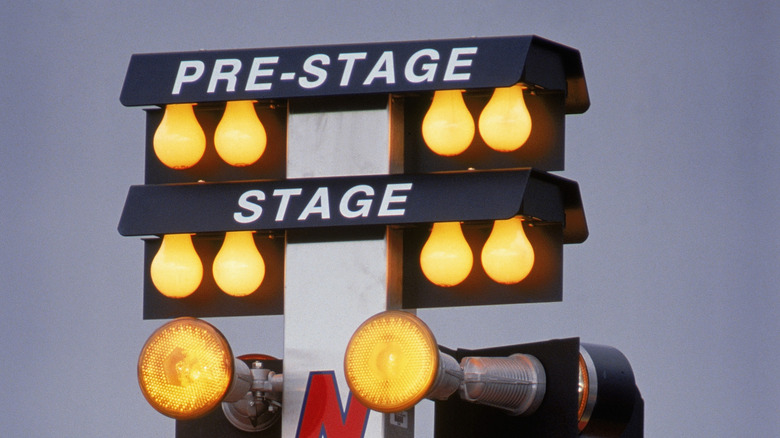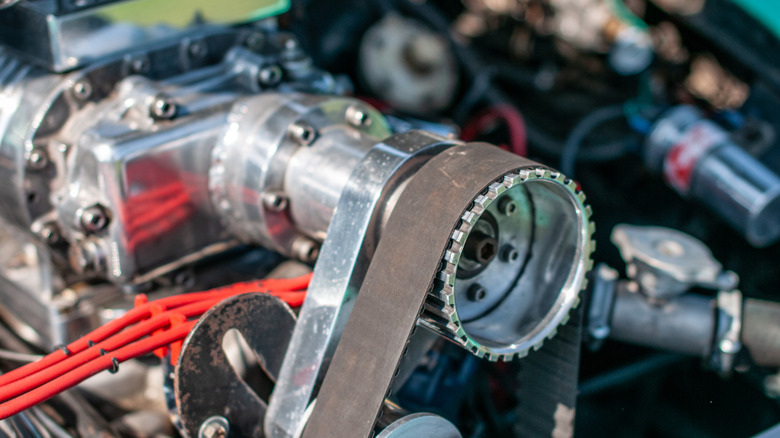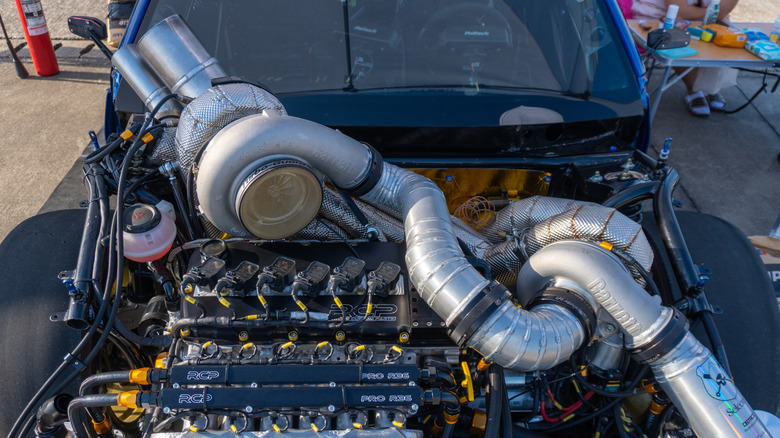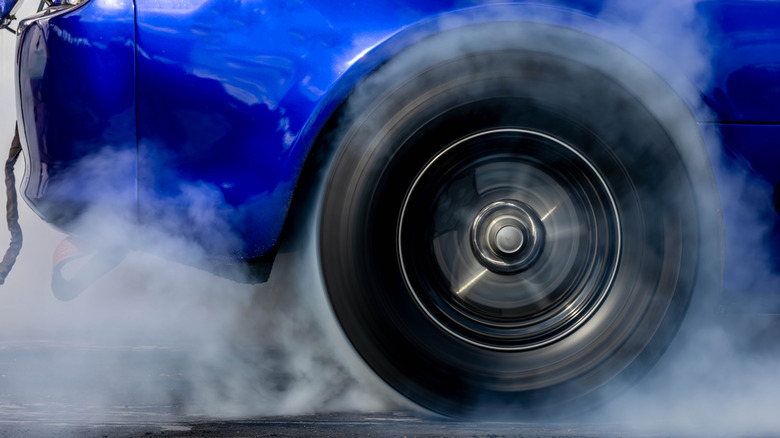Broadly speaking, drag racing vehicles of any sort rely on two key factors: power and traction. This relationship usually determines who wins — too little traction or too little power, and you end up seeing nothing but taillights. However, there’s a lot of ways to get to the end of a drag strip as fast as possible, especially when it comes to power generation. Which leads into one of the most hotly-debated points of contention: turbo vs. supercharger.
Advertisement
All other things equal, which will win on the quarter-mile blacktop? It’s a question which has colored drag racing since the popularization of forced induction. It’s true that superchargers continue to dominate top-level dragsters, whether due to regulation, tradition, or innovation. But what about something more down-to-earth, like a street-legal drag car?
Let’s suppose for a second, you have two identical cars. The owner of the first car upgrades their power with a positive-displacement Roots-type supercharger, and the second owner goes for a twin-turbo setup. The whole point of forced induction is to cram as much air as quickly as one can manage into the combustion chambers. Assuming both the supercharged and turbocharged engines force similar volumes of air inside, which will win the race?
Advertisement
Superchargers push muscle cars to their limit
Supercharging performance cars rose in popularity following World War I, reaching their zenith during the muscle car era of the 1960s and 1970s. The vast majority of these superchargers are positive-displacement types, which are still in widespread use today. A positive-displacement supercharger runs like any other engine accessory, driven by a belt, forcing air through mechanical means into the system.
Advertisement
Because it directly pulls on the engine, a supercharger is technically parasitic if it’s not producing boost. It takes a lot of power to move upwards of 3.0L or more of air, as is the case with the IHI unit lurking under the hood of the Challenger Hellephant. But even the “tamer” Hellcat still proves more than capable, running into 7-second quarter mile territory with the factory supercharger.
The advantage of positive-displacement superchargers generally rests in lower-RPM bands. A belt provides a mechanical linkage to the crankshaft, which means that when the engine’s running, so is the supercharger. This provides a very linear and predictable power curve, and it produces boost immediately. However, larger superchargers generally require larger engines to get the most out of them because of the sheer amount of power it takes to run the supercharger in the first place. Despite this, superchargers remain a solid option (certainly for most V8 engines) thanks to their simplicity, responsiveness, and predictability. Just make sure that you have good tires: A supercharger will produce a lot of low-end boost, which can cause you to break traction and ruin your run.
Advertisement
Turbos recycle exhaust for extra power, to great results
Originally notorious for turbo lag, turbochargers have gotten a lot better over the years thanks to technical and material advancements. Anti-lag systems, twin-scroll, variable geometry, and compound turbocharging setups nearly eliminate turbo lag. And, while undoubtedly complicated, these systems are also very tunable to suit your engine’s specific power map. Unlike a supercharger, turbochargers run off an engine’s exhaust gas.
Advertisement
Controlling the flow of gas through the turbo controls the boost it produces. A well-tuned engine will run just enough boost that you get good power in low-RPM ranges without exceeding your traction threshold. This level of precision is much more difficult to obtain with a comparable supercharger. Plus, turbos can produce frankly ludicrous amounts of power for the relative engine size. It’s not uncommon for a well-built turbo setup to comfortably produce a power figure with a comma in it, all from engines that are half the size of the Hellephant’s 426 V8.
Dragsters typically use turbos that minimize lag as much as possible. In general, this involves pre-spooling the turbo before the launch and cutting shift times to keep it working. It’s a complex ballet of mechanical precision to nail a perfect turbo dragster. Good turbo cars typically (but not exclusively) feature higher RPMs and smaller displacements. Having higher exhaust velocities provides more boost, which in turn provides more air to burn, which ends up as more exhaust — a positive feedback loop. Some of the best dragsters in the world are turbocharged, such as this infamous 6.05-second A80 Supra.
Advertisement
In other words, both are good for drag racing
Ultimately, each setup has its own pros and cons. A properly-built turbo will easily blow the doors off a poorly-built supercharged car, and vice versa. With all things being equal, however, it largely depends on how well the power is utilized. Drag racing relies heavily on grip. This might sway the advantage to the turbo, since you can tune a turbo to kick in just before you break traction. However, less sophisticated turbochargers typically suffer heavily in low-RPMs where exhaust gases aren’t potent enough to spin the turbine. A supercharger has no such problem, providing continuous pressure throughout the power band.
Advertisement
So if you have the right tires, a supercharger can (and often does) win in a fair fight, especially in shorter distances. Conversely, turbos prove their worth when traction or engine displacement is low. The larger the turbo, though, the worse the lag — requiring either a more expensive unit or some sort of anti-lag system to compensate.



